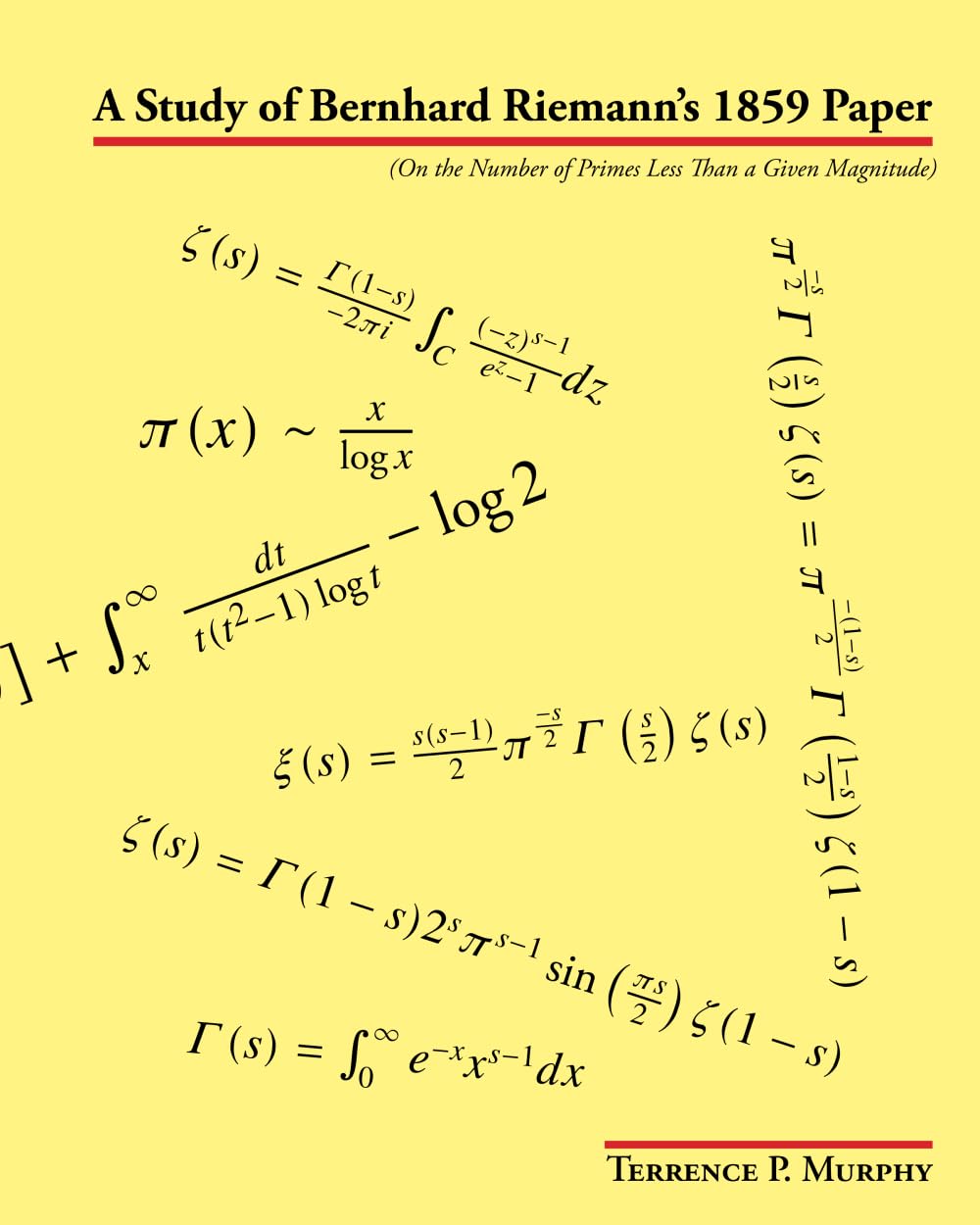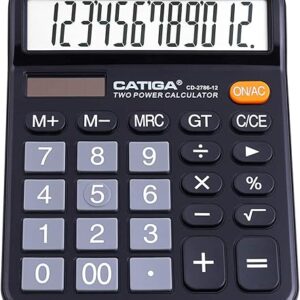The primary purpose of this book is to deeply study Bernhard Riemann’s seminal 1859 paper: On the Number of Primes Less Than a Given Magnitude (“Riemann’s Paper”). Certainly, the most influential paper in the history of analytic number theory, Riemann’s Paper contained concepts so advanced that it took more than 30 years for the greatest mathematicians of his day to fully grasp the ideas advanced in the paper.
Today, Riemann’s Paper is famous for the “Riemann Hypothesis” — a brief comment that Riemann made regarding the location of the zeros of the zeta function. This book, however, is focused on the rest of Riemann’s Paper. And for good reason. To begin to understand the Riemann Hypothesis, you must first understand all of Riemann’s Paper. We hope this book will help you do just that.
It is important to separate the ideas in Riemann’s Paper from the actual text. Reading Riemann’s Paper is, to say the least, difficult, with huge intuitive leaps and many proofs omitted. Our goal in this book is to provide rigorous proofs for all of the proofs and (provable) assertions in Riemann’s Paper. Of course, that necessarily excludes the Riemann Hypothesis.
While Riemann’s Paper is our focus, our study would be incomplete without also noting some of the advances made as a result of his paper. Most notably, we provide two proofs of the Prime Number Theorem.
Who Is This Book For?
If you are reading this, chances are you have developed a keen interest in the Reimann Hypothesis. Maybe you read John Derbyshire’s excellent book Prime Obsession. Or perhaps you read that the Riemann Hypothesis is one of the seven Millennium Prize Problems, with a $1 million prize for its proof.
This book is intended to bring an understanding of Riemann’s paper to a wider audience. Our goal is to bridge the gap between Derbyshire’s excellent but less technical book, and Harold Edward’s excellent but highly technical book, Riemann’s Zeta Function.
To advance your knowledge beyond Derbyshire’s book, you must have a good understanding of complex analysis (call it knowledge at the “hobbyist” level). By comparison, you need to be a complex analysis “guru” to understand Edward’s book. The key point: if you are not at the hobbyist level, this book is probably not for you.
Several people have told me they want to get to the hobbyist level so they can better understand this book. However, when they look at Ahlfors and other well-known (400+ page) textbooks on complex analysis, it feels like a mountain just a little too high to climb. In that case, you might consider my companion book Complex Analysis: a Self-Study Guide.
User Reviews
Only logged in customers who have purchased this product may leave a review.





There are no reviews yet.